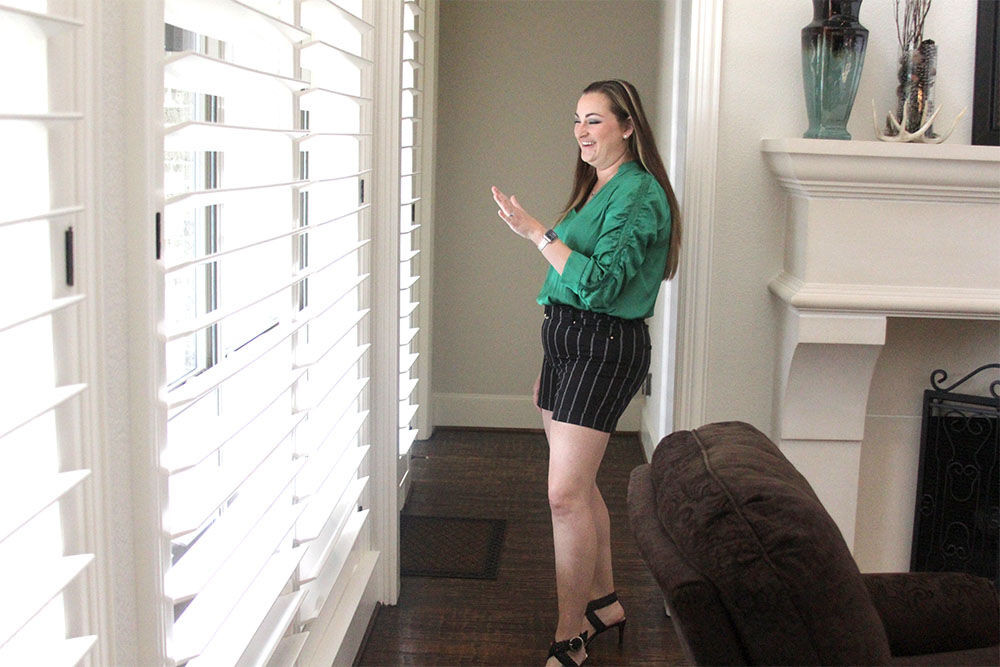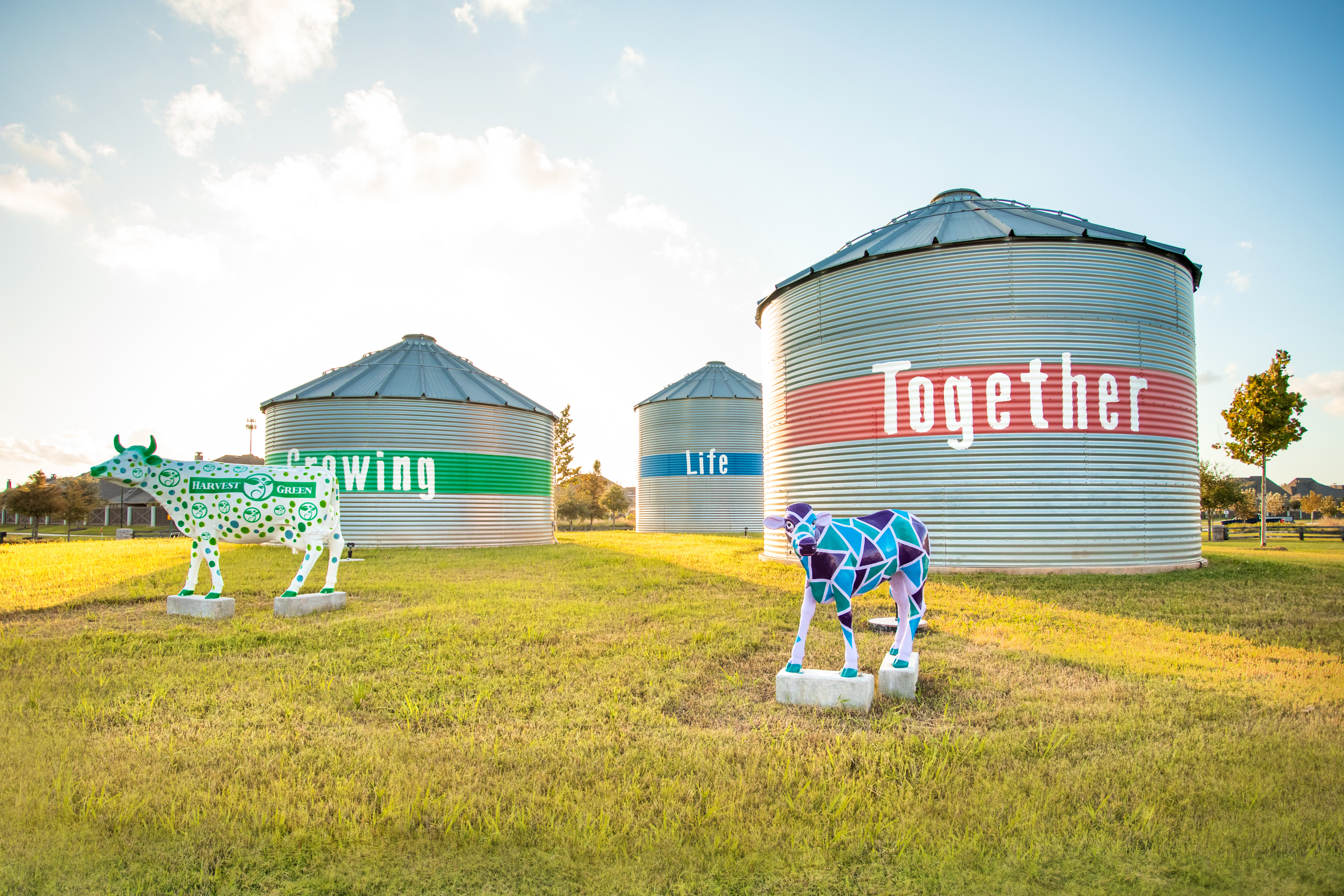
Brandan McGaughey is hard at work in the study as his wife, Jennifer McGaughey, shows off their pristine Missouri City home.
Some of the furniture in the home theater room came with the house, and the kids just love the pool outside, Jennifer McGaughey said.
If not for her explaining it, you wouldn’t know the McGaugheys are recent arrivals to Fort Bend County, having moved to their new home in the first week of April. The couple and their children moved after, in Jennifer’s words, everything seemed to point in the direction of Fort Bend.
“It’s just convenient to get everywhere,” she said of Fort Bend. “It’s so nice.”
The McGaugheys are hardly alone. Record numbers of people across the country are taking advantage of low interest rates and a newfound freedom to work from home to purchase homes in recent months.
The unexpected trend has had numerous side effects, including a lumber shortage and skyrocketing home prices.
But even amid that backdrop, Fort Bend County stands out in the speed and size of its population growth in recent years.
According to one analysis by HireAHelper, Fort Bend County is the second fastest-growing county in the United States. Between 2015 and 2020, the county’s population increased from about 715,260 to 839,706 residents, according to the report.
“Fort Bend, up until the 1990s, really, was, I don’t know that you’d even call it a suburb,” said Renee Cross, a senior director at the Hobby School of Public Affairs and a lecturer of political science at the University of Houston. “It was basically a sleepy, little town.”
Several factors play into Fort Bend’s growth in recent years, Cross said.
Fort Bend also sits close to the energy corridor, Cross said.

When crews in 2014 first began work on the new Harvest Green subdivision in Richmond, the plan was to develop and sell some 1,900 homes between eight and 10 years, said Jerry Ulke, the vice president and general manager at Johnson Development Corp., the group behind the development.
But not six years later, officials with Johnson Development have already closed on a new 630-acre parcel of land and plan to build another 1,000 homesites adjacent to the existing group, Ulke said. As of June, the subdivision had less than 100 available homes left.
“When the pandemic hit, many developers put the breaks on,” Ulke said. “They thought people would stop buying homes. But it’s been the reverse. Everyone is running out. And it’s created a buy-in frenzy and a shortage of houses, both resale and new homes.”
Sugar Land-based realtor Jeanne Gregory has been in the home business for years, and has never seen a market like what exists right now, she said.
“People are paying over list price, waiving appraisals and doing all kinds of crazy stuff right now,” she said. “It is definitely a seller’s market right now. It’s crazy.”
And Ulke doesn’t see the market settling down anytime soon, he said.
“I don’t see the availability dramatically increasing,” he said. “So, I continue to see high-priced housing in the near future, until all the developers can catch up with the demand.”
Fort Bend is well-positioned to continue its growth because it has good access and transportation infrastructure combined with good drainage, Ulke said.
In fact, it was the services that sold the McGaugheys on the move, said Jennifer McGaughey.
“There’s so many parks and green space,” she said.
And the kids’ doctors and therapists all have offices nearby, she said.